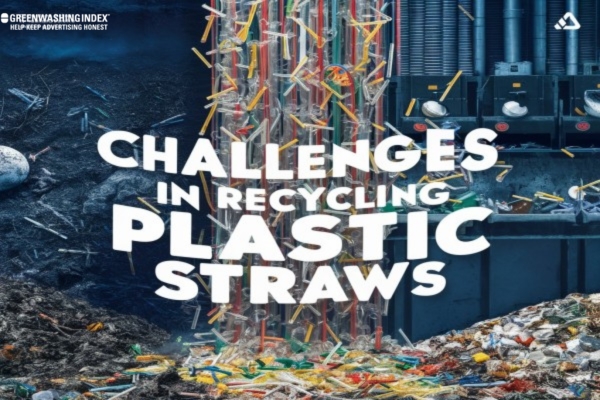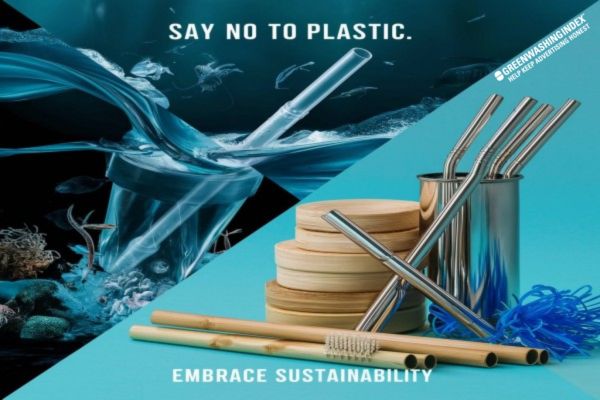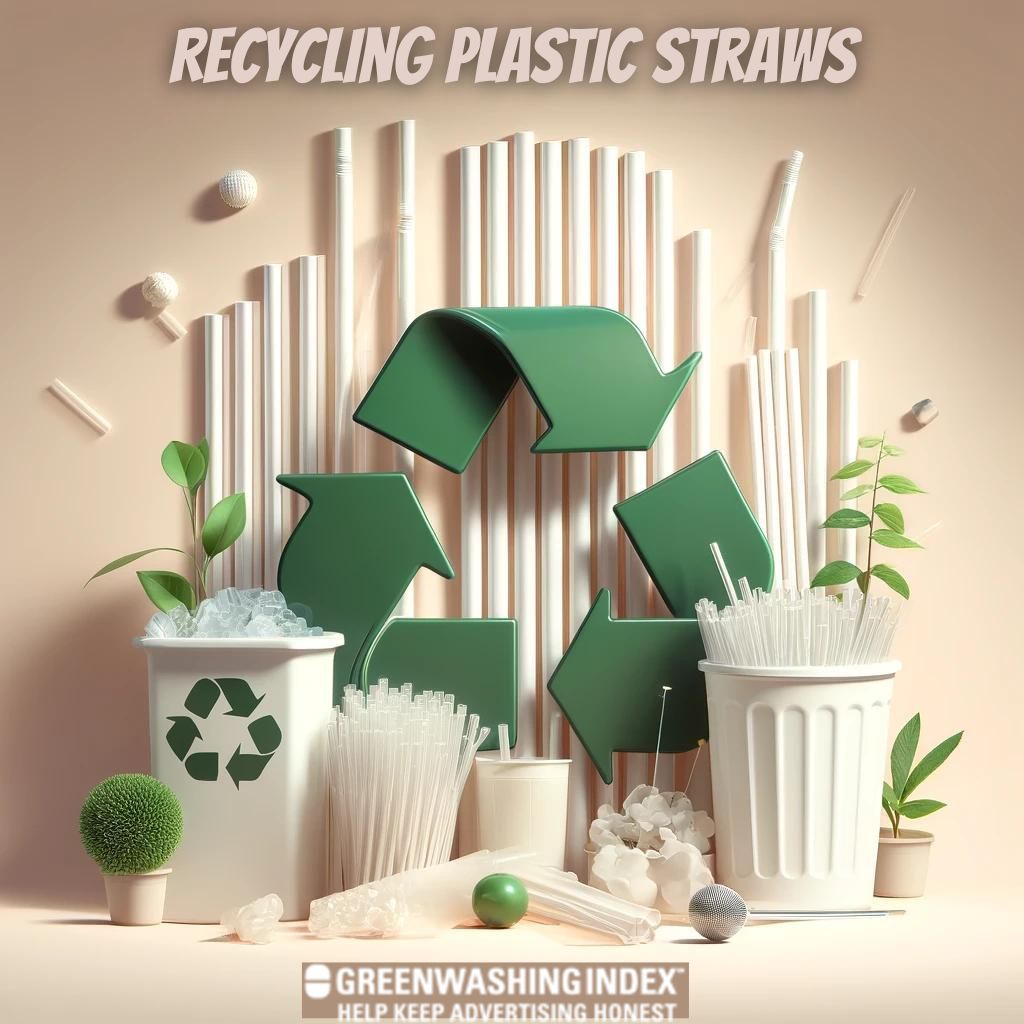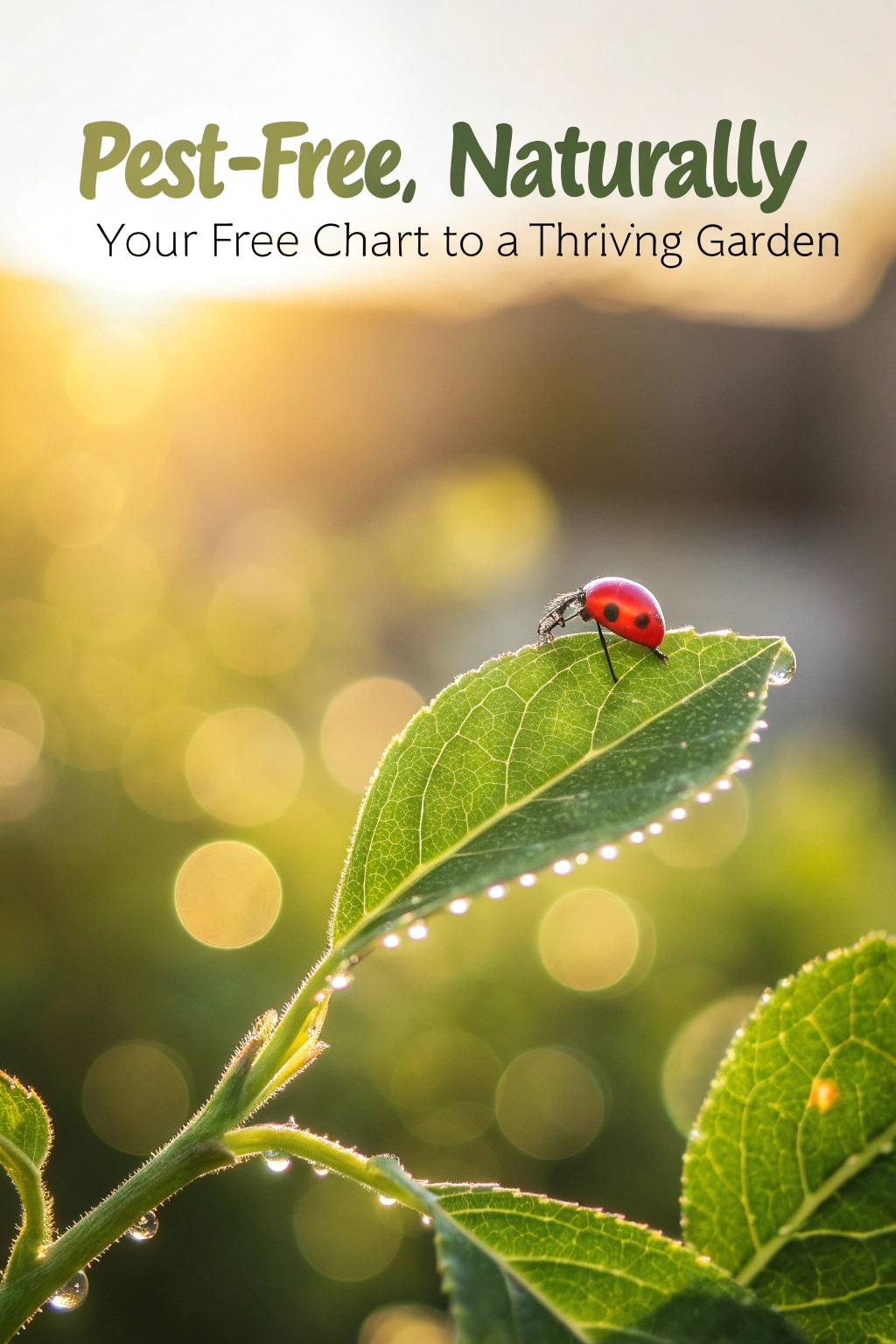We’ve all heard about the massive environmental impact of plastic waste, and plastic straws are a significant part of the problem. While many of us use them daily, we often overlook how small changes can make a big difference. By taking simple steps like rinsing straws before recycling and confirming if our local facilities accept them, we can start to mitigate this issue.
It’s important to understand the specific challenges tied to recycling plastic straws and explore what alternatives exist. So, how exactly can we navigate these steps effectively and guarantee we’re making the most impact?
Understanding Plastic Straws
Plastic straws are made from type 5 plastic, known as polypropylene, which isn’t as commonly recycled as other types. Even though plastic straws represent about 4% of plastic trash by piece, they contribute less by weight. It’s important to understand these facts as we consider their impact on recycling and the environment.
Types of plastic used in straws
Most straws are made from polypropylene, a type 5 plastic that’s less frequently recycled. Polypropylene is durable, flexible, and resistant to many chemical solvents, acids, and bases, making it a popular choice for single-use items like straws. However, its recycling rate is quite low compared to other plastics like PET (type 1 plastic) or HDPE (type 2 plastic).
Polypropylene straws have specific characteristics that make them challenging to recycle:
- Small size: Their tiny dimensions cause them to fall through sorting machinery at recycling centers.
- Contamination: Straws are often contaminated with food or drink residue, complicating the recycling process.
- Collection issues: Many recycling programs don’t accept straws due to their low value and the difficulty in sorting them out.
- Processing limitations: The infrastructure for recycling type 5 plastic is less developed compared to other types of plastic.
Understanding the material composition of plastic straws helps us see why they’re a problem in the recycling system. By knowing that polypropylene is less likely to be recycled, we can better appreciate the importance of reducing our reliance on single-use plastic straws. This knowledge empowers us to make more sustainable choices in our daily lives.
Statistics on plastic waste and the contribution of plastic straws
Despite their small size, plastic straws significantly contribute to the overwhelming plastic waste problem, representing about 4% of the plastic trash by piece. When we consider the sheer number of plastic items discarded daily, this percentage adds up to a significant amount.

Each year, billions of plastic straws are used, and while they may seem trivial compared to larger plastic items, their cumulative impact is considerable. A study shows the environmental impact of disposable drinking straws.
Interestingly, even though plastic straws make up 4% of the plastic trash by piece, they account for far less by weight—only about 2,000 tons of the nearly 9 million tons of plastic waste entering the oceans annually. This highlights the importance of addressing not just large plastic items but also the smaller ones that contribute to pollution. Facts and figures and collected from here.
One major challenge with plastic straws is their material. Made from type 5 plastic (polypropylene), they’re less commonly recycled. Their small size allows them to fall through the cracks of recycling machines, causing them to be sorted out and often excluded from recycling programs altogether. This means most plastic straws end up in landfills or our oceans, contributing to the vast plastic waste problem we face today.
Might Be Helpful: Plastic Bag Recycling: Easy Steps for a Clean Planet
The Recycling Dilemma of Plastic Straws
When it comes to recycling plastic straws, we face significant challenges due to their small size and the limitations of the current recycling infrastructure. These straws often fall through the cracks of sorting machines, making it difficult for them to be processed properly. As a result, most recycling programs don’t accept plastic straws, leaving them to contribute to the growing plastic waste problem.

Challenges in recycling plastic straws
The recycling dilemma of plastic straws stems from their small size and composition, which often render them unsuitable for standard recycling processes. As we try to reduce our plastic waste, we face several challenges with recycling plastic straws.
First, their small size means they often fall through the sorting machines in recycling facilities, making them difficult to process. Additionally, plastic straws are typically made from type 5 plastic (polypropylene), which isn’t as widely recycled as other types.
Here are some specific challenges we encounter:
- Small Size: Straws can slip through the cracks in machinery and end up in landfills.
- Composition: Type 5 plastic is less commonly recycled, limiting the options for processing.
- Low Weight: They make up a small percentage of plastic waste by weight, so they’re not a priority in recycling programs.
- Contamination: Residual beverages can contaminate the recycling stream, reducing the quality of recycled materials.
We need to recognize these issues to better understand why plastic straws often end up as waste rather than being recycled. By doing so, we can start looking for more effective solutions to tackle this problem and reduce our environmental footprint.
Current limitations in recycling infrastructure
Recycling infrastructure struggles to handle plastic straws effectively due to their small size and the specific challenges associated with type 5 plastic. These straws are made of polypropylene, which isn’t as commonly recycled as other plastics.
Because of their tiny size, plastic straws often fall through the cracks of recycling machines. This means that they get sorted out and end up in landfills instead of being recycled.
Our recycling systems aren’t designed to process small, lightweight items like straws efficiently. Most recycling centers don’t accept them, so we can’t just toss them into our regular recycling bins.
Even though plastic straws only make up a small part of the total plastic waste by weight, they still contribute to the massive amounts of plastic pollution we see in our oceans.
Improving recycling technology could help, but it’s a complex and costly challenge. For now, we need to focus on reducing our use of plastic straws and finding alternatives.
Might Be Helpful: Sustainable Clothing Secrets: Why It Matters To You?
Plastic Straws Alternatives to Recycling
Let’s talk about some sustainable alternatives to plastic straws. We can use straws made from materials like stainless steel, bamboo, or paper, which are much better for the environment.
Sustainable alternatives to plastic straws
Switching to sustainable alternatives like stainless steel, bamboo, or paper straws can greatly reduce our plastic waste footprint. Stainless steel straws are durable, reusable, and easy to clean. They come with small brushes to guarantee they stay hygienic.

Bamboo straws are another great option. They’re biodegradable, meaning they won’t harm the environment when we’re done with them. Plus, bamboo grows quickly, making it a renewable resource. Paper straws, while not as durable, are compostable and break down much faster than plastic. Silicone straws offer flexibility and are also reusable. They’re soft, making them a good choice for children or people with sensitive teeth.
Glass straws provide a clear, elegant alternative and are dishwasher safe, though they can be more fragile. For an entirely different experience, we could try edible straws made from materials like rice or pasta. These straws not only reduce waste but add a fun twist to our drinks.
Importance of reducing single-use plastics
Minimizing single-use plastics like straws is essential for reducing our environmental impact and protecting marine life. When we use plastic straws, they often end up in the ocean, harming sea creatures and polluting our waters. By cutting down on single-use plastics, we can make a significant difference in preserving our ecosystems.
Using alternatives to plastic straws, such as metal, glass, or paper options, helps us reduce the amount of plastic waste we produce. It’s important to remember that plastic straws are difficult to recycle because of their small size and the type of plastic they’re made from. They often slip through recycling machines and end up in landfills or the ocean.
Moreover, plastic straws are a small part of a much larger problem. Reducing our overall use of single-use plastics, including bags, bottles, and utensils, can greatly lessen the amount of plastic waste we generate. By making simple changes in our daily habits, like carrying reusable straws and containers, we can contribute to a healthier planet.
Together, we can make a big impact by being mindful of our plastic use and choosing sustainable alternatives. It’s a small effort that leads to meaningful change.
Might Be Helpful: Turn Your Home Green: 10 Easy Steps for an Eco-Friendly Home
Impact on the Environment of Plastic Straws
Plastic straws have a significant impact on marine life because they often end up in the ocean, where animals can mistake them for food. We should be concerned about the millions of tons of plastic waste in our oceans, including the 2,000 tons contributed by plastic straws each year.
This plastic pollution harms marine creatures and disrupts ecosystems, highlighting the need for better waste management.
Effects of plastic pollution on marine life
Marine life suffers immensely from the billions of plastic straws that end up in the ocean, causing harm to countless species. When we look at the damage, it’s clear that straws are more than just a minor inconvenience.
Sea turtles, for instance, often mistake these small, colorful items for food. Once ingested, straws can block their airways or digestive systems, leading to injury or even death.
Fish and other marine animals also suffer. Plastic straws break down into smaller pieces called microplastics. These tiny particles are eaten by fish, which can then pass up the food chain, affecting larger animals, including humans. Birds, too, are impacted. They may use straws to build nests, which can harm their chicks.
Another major issue is entanglement. Marine creatures, like seals and dolphins, can get tangled in plastic debris, including straws, which restricts their movement and ability to hunt for food. This can lead to starvation or drowning.
Statistics on plastic waste in oceans
Understanding the immense harm plastic straws cause to marine life, we must also consider the staggering statistics on plastic waste in our oceans.

Every year, nearly 9 million tons of plastic waste enter the oceans. Although plastic straws make up only about 2,000 tons of this waste, their impact is still significant. They’re part of the 4% of plastic trash by piece, but due to their small size, they often escape recycling processes and end up polluting the seas.
Let’s think about the bigger picture. Of the 8,300 million metric tons of plastic produced since its invention, only 9% has been recycled. This means an enormous amount remains in landfills and the environment. Plastic straws, made from type 5 plastic (polypropylene), are particularly challenging to recycle. Their small size allows them to slip through the cracks in recycling machines, leading many recycling programs to reject them.
When we look at these numbers, it becomes clear that even small items like plastic straws contribute to a massive problem. By understanding these statistics, we can see why reducing our use of plastic straws is an important step in protecting our oceans.
FAQs
How much plastic is wasted on straws?
While plastic straws only make up a small percentage of total plastic waste by weight, they contribute significantly to the sheer volume of plastic pollution. It’s estimated that billions of plastic straws are used each year, and many end up in landfills or the ocean.
How to stop using plastic straws?
You can choose sustainable alternatives like stainless steel, bamboo, glass, or paper straws, which are reusable and biodegradable. You can also opt out of straws at restaurants or cafes. Simply ask for your drink without a straw, or bring your own reusable option.
Why are plastic straws a problem?
Plastic straws are a problem because they are often used only once and then discarded. This leads to a massive amount of plastic waste that pollutes our oceans and harms marine life. Additionally, plastic straws are difficult to recycle due to their small size and material composition.
Conclusion
By making small changes in how we handle plastic straws, we can make a big impact. Let’s rinse and recycle our straws when possible, and check if our local facilities accept them. Exploring alternatives like reusable or biodegradable straws can also help reduce waste. Together, these steps can contribute to a cleaner environment.
It’s all about taking simple actions now to guarantee a healthier planet for future generations. Every little bit counts, so let’s start today.




